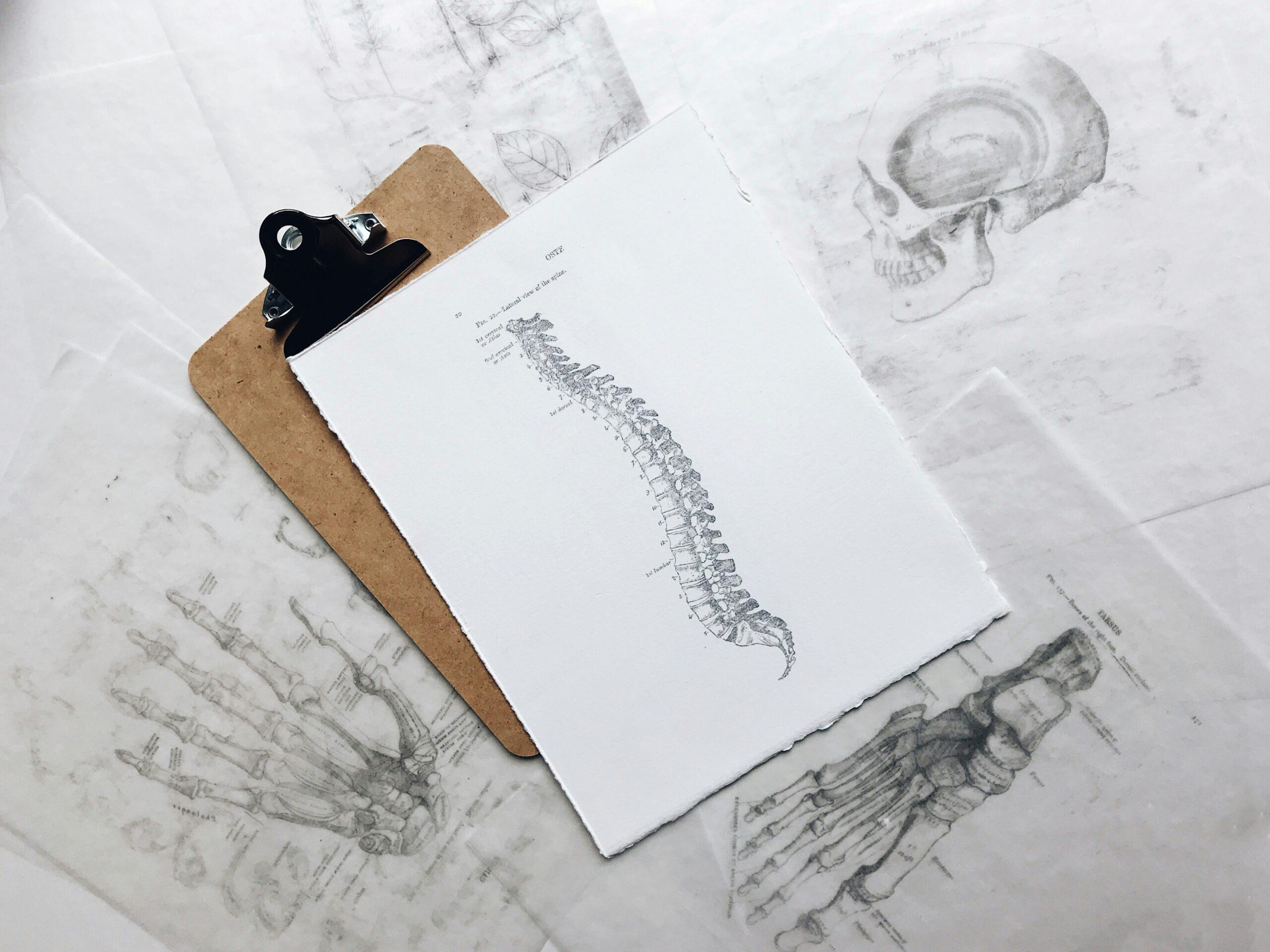Scoliosis affects the spines of children, adolescents and adults alike. The condition is often disconcerting when caught after scoliosis has progressed significantly. Families then wonder how they missed signs or symptoms of the condition. Is there something the family of a child diagnosed with scoliosis could have done to prevent it? Why didn’t a screening detect any issues? In order to answer these questions, it is important to first understand the nature of scoliosis.
A condition affecting the neuro-musculoskeletal system, scoliosis is considered to be a multi-factorial disease. According to the National Scoliosis Foundation, symptoms of scoliosis can include low back pain, neck pain, headaches, fatigue, digestive issues and many others. Usually, the first sign of scoliosis is abnormal posture. Normal posture means that the ears, shoulders, hips and knees are even when looking at an individual from the front. From the side, the ears, shoulders, middle of the pelvis, knees and ankles should follow one straight line down. An individual’s rib cage should be symmetrical on both sides while the shoulder blades should be even with neither side flaring from the body. Any deviations from these alignments could indicate scoliosis. Many parents of children with the condition find that a postural screening did not show any abnormalities until their children’s scoliosis progressed significantly. Current screening techniques are being reevaluated for efficacy.
Different forms of scoliosis exist. Most scoliosis cases are considered idiopathic, which means that the cause is unknown. Contemporary experts are finding that the cause is often a combination of genetics and environmental factors. Environmental factors can affect normal development of the spine as early as childbirth and throughout the course of the child’s life. Long labors, excessive pulling and twisting of the baby’s head, and use of instruments to extract the infant can lead to ligament damage and spinal misalignment.
Such misalignments often go undetected and unnoticed. However, the misalignments can prevent the natural curves in the spine from developing properly and throw off the normal biomechanics of the spine. Constant micro-traumas that children are exposed to, including poor posture, video games, overloaded book bags and school desks, can all place unwanted stress on the spine as the child develops. And puberty and growth spurts in adolescence tend to speed up the progression of idiopathic scoliosis.
Early prevention is essential in treating idiopathic scoliosis and preventing associated symptoms. Big curves start off as small ones at one point. Therefore, when you believe your child may have scoliosis or the condition has already been diagnosed, it is critical to your child’s health to get proper treatment. It is never too early to prevent or treat idiopathic scoliosis. Your child’s physician can guide you in the right direction after a diagnosis has been made. Yet, it is in your child’s best interest for you as the parent to personally research the situation and educate yourself about your child’s options.
The first form of scoliosis treatment is traditionally the watch and wait method. Many medical doctors suggest that nothing should be done until the condition advances. But idiopathic scoliosis is a highly progressive disease. Watching and waiting can rob valuable time that could have been spent reversing or slowing down the progression of scoliosis.
Likewise, a smaller curve is much easier to treat than a complex curve. After the curve surpasses 25 degrees, the next form of treatment generally recommended is bracing. Children with scoliosis at this stage are usually instructed to wear a back brace for long periods of time, up to 23 hours a day. Although there have been good results with bracing, many medical doctors find poor patient compliance with wearing the braces the prescribed amount.
If bracing fails and the curve advances more than 40 degrees, surgery is not the only option— as some people believe. In fact, science and long-term research indicate that surgery does not cure idiopathic scoliosis. Rather, surgery replaces a deformity, like a flexible and curved spine, with another formation, like a straighter and fused spine. Therefore, surgery should be a last resort.
Using a promising treatment method, specialized chiropractors have given families a noninvasive alternative for treating idiopathic scoliosis. It has helped to slow down the progression of scoliosis, as well as to extensively reduce curvatures in many cases. A chiropractor specialized in advanced structural corrective care can perform an orthopedic and neurological examination and postural analysis in conjunction with an X-ray study to determine if you or your child has scoliosis. A series of films are essential to analyze the three-dimensional condition.
Treatment after scoliosis has been diagnosed consists of three phases each visit: mix, fix and set. The mix phase includes warming up soft tissue ligaments, tendons and musculature surrounding the spine. Once the spine is warmed up, the fix stage consists of precise chiropractic adjustments to gently realign the spine. The set phase strengthens the spine into its correct position. To maintain continuous correction, the chiropractor gives the patient exercises to employ at home. This combination of neuro-muscular rehabilitation therapies should instill hope in parents that noninvasive options are available that are just as effective as surgery.
Scientific advances in scoliosis treatment are leading to better treatment options, notably for children. The best way to combat this disease is to catch it before it has a chance to advance. And proper spinal maintenance remains the most surefire way to keep your child’s body functioning and developing properly.
Facts About Scoliosis
- 4.5 to 15 percent of the population has scoliosis.
- Idiopathic scoliosis has a 68 percent rate of progression after 20 degrees.
- Following maturity, scoliosis can still progress.
- Scoliosis can be treated at any age.
- Successful treatment of scoliosis means addressing all factors involved.

